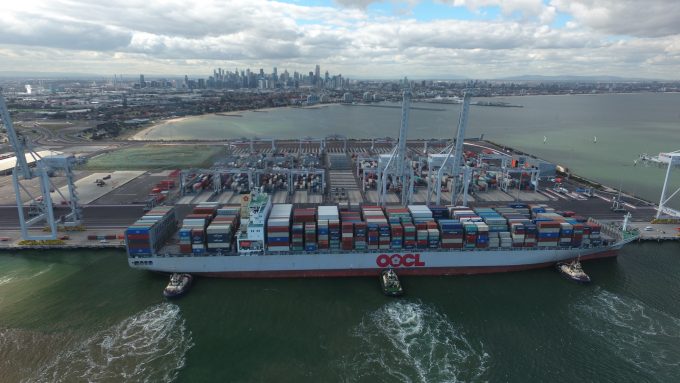OOCL Q2 25 update: more volume carried, but revenues decline
Cosco-owned OOCL today reported second-quarter volume and revenue figures which appear to show the Hong ...

Australian container supply chains could be set to change after the first call of an 8,000 teu-plus vessel at the port of Melbourne as carriers seek to capitalise on soaring Asia-Australasia demand.
Melbourne’s ICTSI-operated Victoria International Container Terminal (IVICT) last week handled the 8,063 teu OOCL Seoul, ...

Comment on this article